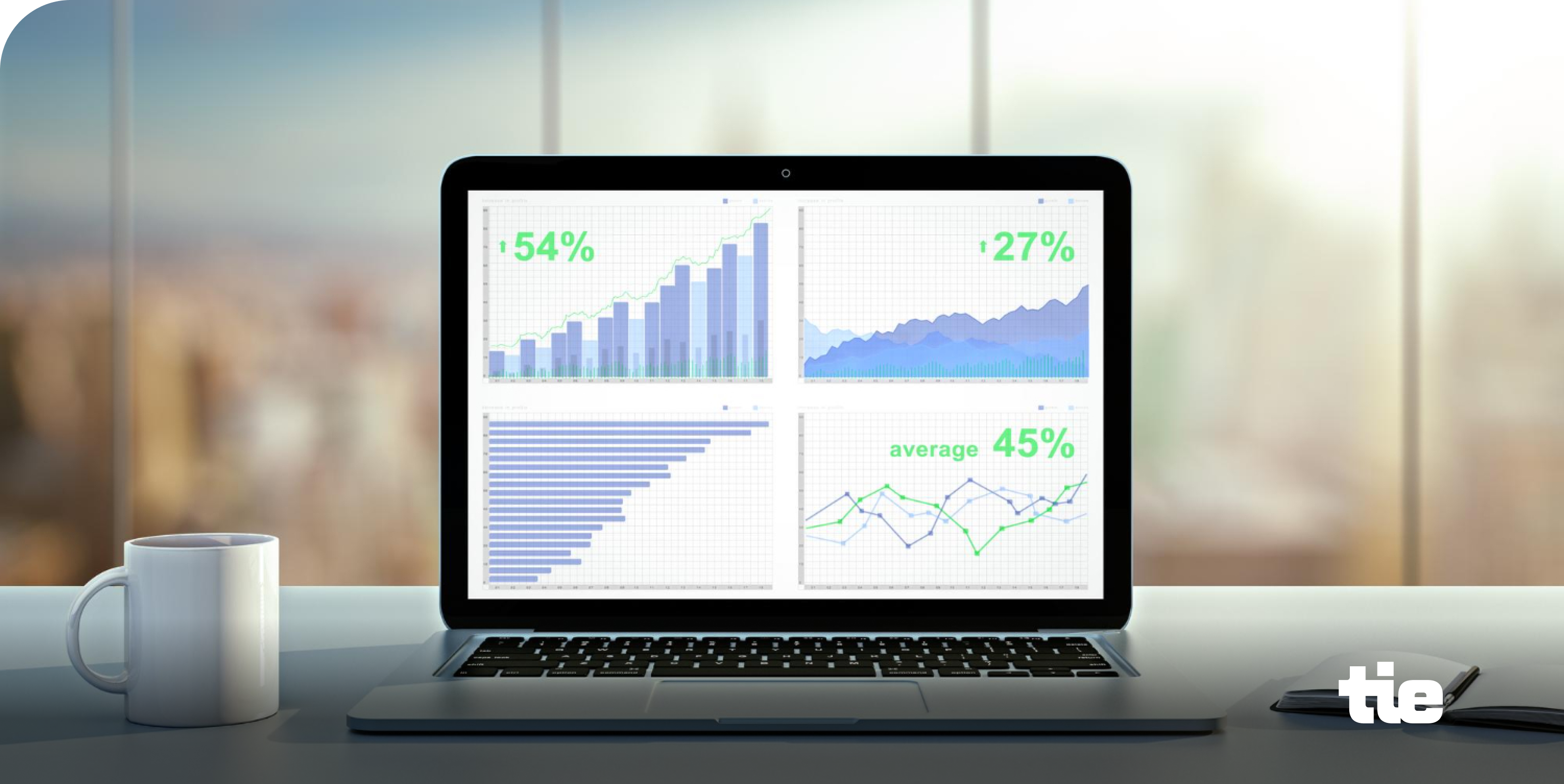Predictive Marketing: How to Know What Customers Want Before They Do
.avif)
Featuring Erik Huberman, Founder of Hawke Media
Customer insights often arrive too late. Sometimes, your competitors have jumped on it, or the trend has already died down. But what if you could spot what your customers want before they even know it themselves?
That’s exactly what Erik Huberman, founder of Hawke Media, believes top brands need to master to stay relevant. We spoke to Huberman to dive deeper into predictive marketing and how DTC brands can leverage it to build demand and drive conversions.
Our interview with Erik Huberman on predictive marketing
In this conversation, Huberman breaks down the difference between surface-level research and meaningful predictive insight, why conviction often beats customer surveys, and how to spot the early signals of demand.
Q: You often talk about predicting what customers will want before they know it. What does that mean to you?
It goes back to the Henry Ford quote: If I had asked people what they wanted, they would have said faster horses.
People don’t know what they want because they only understand what already exists. Market research often reflects current awareness, not true potential.
That’s why I think most market research is misleading. It’s like asking, "Would you pay $100 or $1,000 for this?" without context. And you end up with skewed answers. I believe you need to have conviction in what the world needs, build it, and then focus on showing people why it matters.
This applies even more today, where consumers are inundated with options. You can’t rely on them to articulate a future they haven’t seen. That’s your job as the builder.
Q: What signals do you look for when anticipating demand?
If you're early, start with conversations. Just talk about your idea and see if people are intrigued or lean in. That curiosity is a signal.
Online, I look at leading indicators. Are people clicking on ads? Visiting your site? Engaging? Buying? That’s the data that actually tells you whether people care.
If conversion is slow but engagement is high, that might mean you’ve nailed the hook but missed the offer. But if people aren’t clicking at all, that’s a red flag. Track interest velocity, not just sales.

Q: What are the biggest mistakes brands make when trying to predict demand?
Using yourself as a proxy. Founders will say, "Well, I would buy this," and assume others will too. That’s a sample size of one.
You need to detach from your own preferences and pay attention to how your actual market responds, not how you wish they would.
Q: You've talked about persona-based decision-making. How helpful is that in predictive marketing?
It’s more of a gut check. Personas can help organize your thinking, but they’re not enough on their own. If you’re relying too heavily on personas, you’re probably not close enough to the real market.
Q: How do you balance short-term goals with long-term predictive bets?
It depends on your sales cycle. If it takes two months to close a deal, you can’t judge an ad after a week. One of the worst mistakes marketers make is giving up too soon.
Some things take time. Nine women can’t have a baby in one month. Let the data play out.
This is where understanding your cycle is critical. If you track the time from first engagement (email sign-up, ad click) to conversion, you’ll learn whether short-term results are lagging or simply unfolding on schedule.
Q: Do you have an example of a brand that nailed a prediction before the demand became obvious?
WHOOP is a great example. It’s a fitness tracker with no screen. At first glance, it doesn’t make sense. People already have smartwatches.
But they identified a need—longer battery life, accurate tracking, no distractions—and the product blew up. If they had asked consumers beforehand, people might have said no. But when it launched, the value became obvious.

It’s a classic case of seeing past current demand and building what people will want once they understand it.
Q: What metrics matter most for staying ahead of customer needs?
Conversion rate and K-factor.
Conversion rate shows urgency. If people are buying faster, it usually means your offer clicks. K-factor tells you if customers are referring others. That’s the real test: people love it enough to talk about it, and your message is simple enough that they can explain it to someone else.

Q: How should brands start identifying their sales cycles if they don’t already know?
If you’re using email, track when someone subscribes and when they buy. Calculate the average time across customers. That gives you a rough sales cycle.
Most ESPs and tools like Tie make it easy to capture this. Once you know your baseline, you can spot early traction.
Q: Where does personalization fit into predictive marketing?
It’s one tool, not the end goal.
Over-personalization can feel creepy and inauthentic. I get AI outreach emails all the time that feel fake. There's a difference between personalization and categorization. Show me men’s clothes if I'm a guy, sure. But don’t overdo it.
Think of personalization as functional UX, not emotional manipulation. Good predictive marketing doesn’t need to be hyper-personalized. It needs to be relevant and timely.
Q: You’ve said AI can help create emotional connections at scale. What’s a practical way to start using AI for predictive marketing?
Use AI to replace the boring, repetitive stuff, the kind of work you'd give to 17-year-old interns.
We built a tool at Hawke called Hawk AAI that digests marketing, revenue, and media data from 6,000+ companies to benchmark performance and predict outcomes. We're also using AI to accelerate ad testing and support decision-making.
You don’t need fancy tools to start. Just look for the tedious workflows and replace those first. Things like analyzing creative performance, sorting reviews, or cleaning CRM data, that’s where AI shines.
Q: Fast forward five years. What will customer-centric brands be doing that everyone else isn’t?
They’ll become media companies. Brands that win will create content, build communities, and engage people long before they buy. They’ll own their distribution and act like publishers, not just sellers.

Predictive marketing is only as good as the signals you track
Erik Huberman shares an important insight for growing brands— great marketing doesn’t wait for customers to make the first move. Instead, it picks up signals, moves with conviction, and acts before the rest of the market catches on.
But leveraging predictive marketing is only possible if you have access to real signals through clean, identifiable, intent-rich data. That’s where most brands get stuck. If you don’t know who your visitors are or when they’re ready to buy, you’re operating blind.
Tie, an identity resolution and data enrichment platform, helps brands uncover anonymous visitors and reveal more details about their shoppers beyond just web behavior—like demographics, interests and contact information.
The platform creates accurate and comprehensive shopper profiles, tied to real behaviors and intent, allowing you to spot buying signals early, launch faster, and get in front of the right customers before your competitors.
Book a demo to learn how you can use predictive marketing to tap into high-intent shoppers and increase conversions.





.png)

